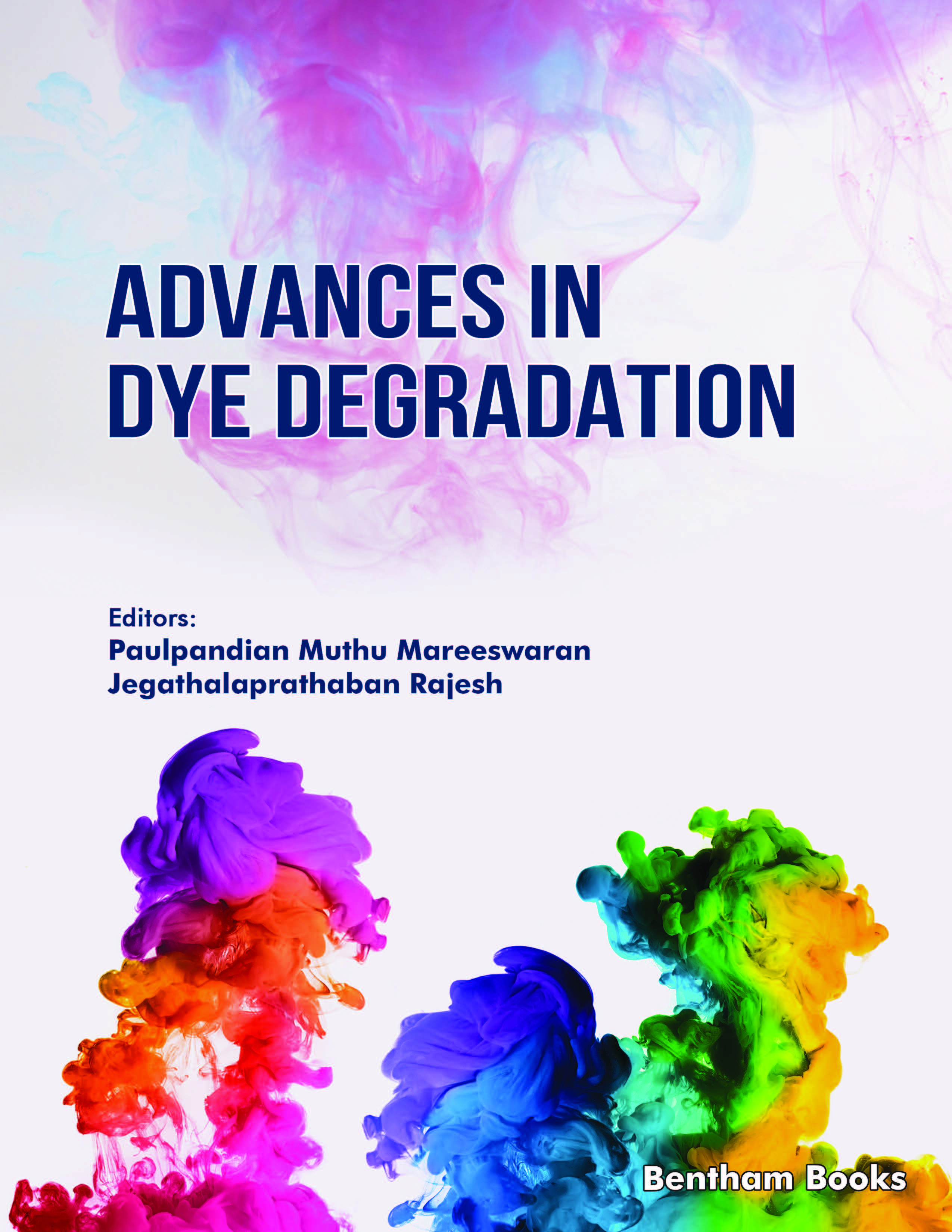Preface
Dye degradation is an important step for the sustainable ecofriendly atmosphere in the dyeing and textile industry. The untreated textile effluent provides severe adverse effects on the ecosystem. This book deals with the mitigation of textile effluents. Chapter 1 is a fundamental chapter that describes the nature of dyes, classification, adverse effects and methods of removal of dyes from a bird’s eye view. The aim of the first chapter is to give a basic idea of dyes and understand the necessity of textile effluent mitigation with respect to the ecosystem. This chapter also gives an overview of the most prevalent methods used for textile effluent mitigation and degradation processes.
Chapter 2 deals with the toxicity measurements of textile effluents. This chapter deals with the regulation of dyes, and analysis of dyes by means of various methods. This chapter provides a view of toxicological dosages like LD50 and LC50 values of dyes. Also, it provides details about the dose effect and dose response. This chapter also explains how the toxicity is evaluated using live animals. Chapter 3 deals with the microbial degradation of dyes as an overview. This chapter portrays microorganisms as an effective tool to mitigate textile effluents. The biological methods for decolorization and degradation of textile effluent are very successful and have various advantages over traditional procedures. Biological methods for removing toxic textile dyes are both environmentally friendly and cost-effective.
Chapter 4 pitches a platform about the utility of nanotechnology in dye degradation methods. Materials are always efficient, reusable and cost-effective over any other methods used in all the fields of technology. Nanoscience and technology provide effective solutions for various problems, and also have a deep impact in the field of dye degradation and textile effluent mitigation. The nanotechnology itself provides various methods for dye mitigation. This chapter provides an overview of the utilization of nanotechnology for textile effluent problems.
Chapter 5 deals with the electrochemical degradation of synthetic textile dyes from aqueous solution. Electrochemical methods are one of the effective methods for the treatment of effluent water. The CV, UV–Vis and chemical oxygen demand (COD) studies are the important parameters for degradation efficiency. This chapter deals with the process of applying electrochemical methods to textile companies for the mitigation of textile effluents. Chapter 6 also deals with the electrochemical processes of dye mitigation. This chapter concentrates on anodic oxidation processes. The mechanisms of еlectrochemical oxidation in anodic oxidation processes are explained in detail. The various anodic electrodes towards dye mitigation and degradation, their mechanism of action and efficiencies are reviewed.
Chapter 7 explains in detail the Z-scheme, which is a fundamental phenomenon for the photocatalytic degradation of dyes using various photoactive materials. Therefore, this Z-scheme has an impact on environmental remediation. The photocatalysts designed using Z-scheme have several advantages over the traditional photocatalytic processes, like efficient charge separation and electron transfer. Hence, it renders an efficient redox mechanism for the catalytic materials.
Chapter 8 deals with several photocatalytic materials for dye degradation, like metal oxides, metal sulfides, and metal ferrites. It also discusses with strategies to improve photocatalysts, such as doping the materials. This book strives to give collectively about the nature of dyes, the adverse effects of dyes and the basics of degradation methods. The editors aim to format the first volume of this series to pitch a basic idea of dye degradation. The upcoming volumes will develop the basic ideas into target-oriented dye mitigation for a better environment.
Paulpandian Muthu Mareeswaran
Department of Chemistry
College of Engineering
Anna University, Chennai - 600025
Tamilnadu, India
&
Rajesh
Department of Chemistry
Saveetha School of Engineering
Institute of Medical and Technical Science
Saveetha University
Chennai – 602 105
Tamilnadu, India

